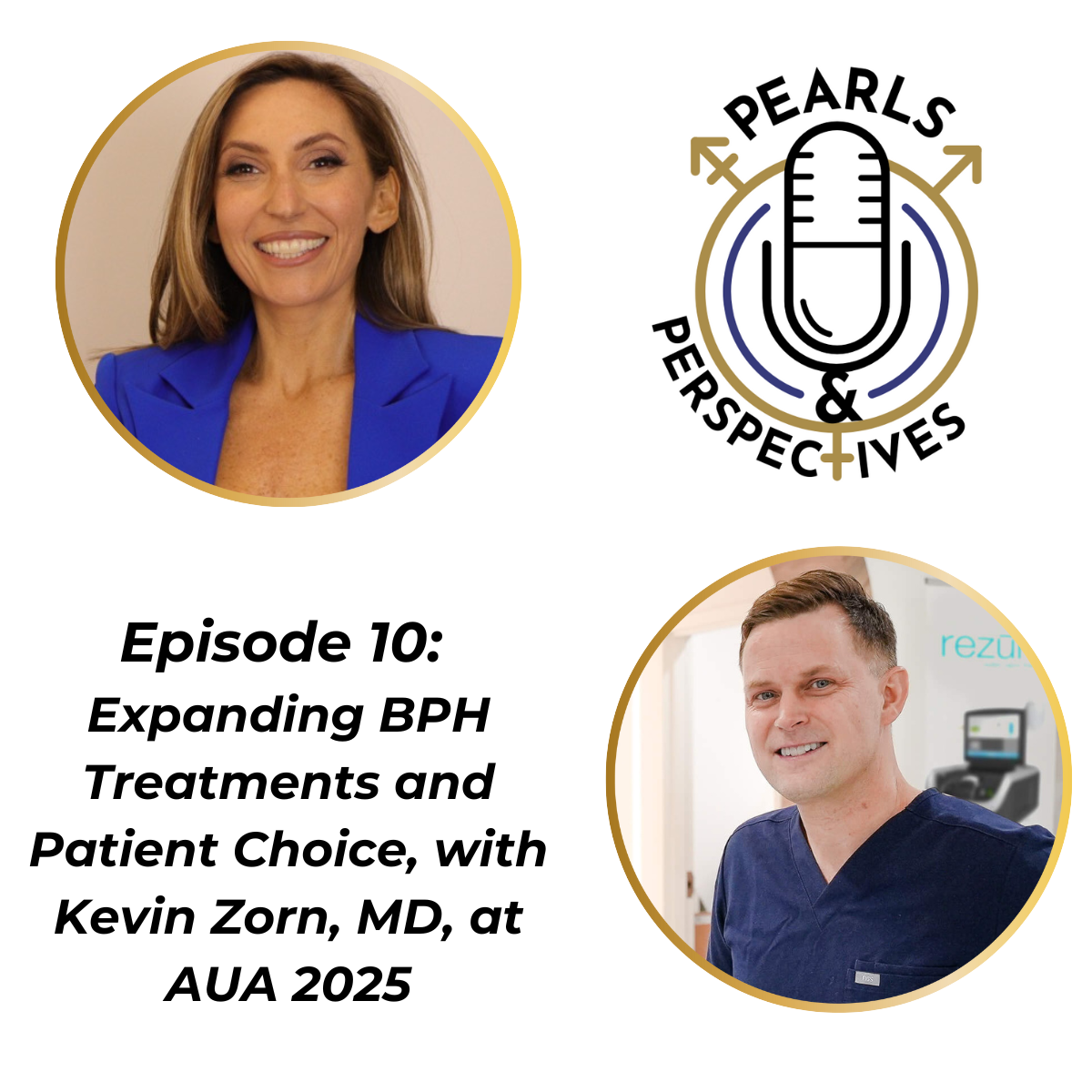News
Article
Focal salvage HDR brachytherapy appears safe, efficacious in radiorecurrent prostate cancer
Author(s):
The 3-year biochemical progression-free survival was 61%, and the 3-year radiographic progression-free survival was 67%.
Focal dose-escalated salvage high dose rate (HDR) brachytherapy demonstrated an encouraging safety profile and preliminary efficacy in the treatment of patients with intraprostatic radiorecurrent prostate cancer following prior radiotherapy, according to 3-year follow-up data from the phase 1/2 F-SHARP trial (NCT03312972), presented at the 2024 American Society for Radiation Oncology Annual Meeting in Washington, DC.1
Abhishek A. Solanki, MD, MS

“Recent PSMA data suggests that a third of patients who have biochemical recurrence will have a solitary intraprostatic radiorecurrence. There's no standard of care for this patient population,” explained lead author Abhishek A. Solanki, MD, MS, who presented the results on behalf of the F-SHARP investigators. Solanki is the quality medical director of radiation oncology and an associate professor at Loyola University Chicago Stritch School of Medicine in Illinois.
For the study, patients received 1 to 2 fractions of HDR brachytherapy of up to 30 Gy to the target lesion.2
Solanki noted, “Initially, we developed this study in the era where there was a lot of enthusiasm for single fraction HDR. Based on the de novo setting data showing inferior outcomes with single fraction, we felt it was appropriate to amend the trial to allow for 2 fractions.”
The median follow-up in the study was 32.3 months.
Regarding safety, no grade 3 or higher toxicities were reported. Across follow-up, GU toxicity was reduced (P = .01), and GI toxicity (P = .08) and ED (P = .91) remained stable. Specifically, at 3-month follow-up, the rate of GU toxicity was 52%, vs 33% at 3 years. The rate of GI toxicity was 1.4% at 3-month follow-up and 0.3% at 3 years. The rate of ED was 22% at 3 months and 24% at 3 years. There was no difference between 1 vs 2 fractions for any domains (all P > .05).
Further, the mean IPSS (P = .02), EPIC-26 urinary incontinence scores (P = .005), EPIC-26 sexual scores (P = .046), and EPIC-26 hormonal scores (P = .004) worsened in follow-up. EPIC-26 urinary irritative scores (P = .12) and EPIC-26 bowel scores (P = .38) were unchanged. However, no changes met the criteria for a minimal clinically important difference in any domain.
On the efficacy end points, the 3-year biochemical progression-free survival was 61%, and the 3-year radiographic progression-free survival was 67%. At 3 years, the metastasis-free survival was 89% and the freedom from androgen deprivation therapy was 93%. The local recurrence-free survival (LRFS) was 73%.
On the LRFS, Solanki noted, “Interestingly, over three quarters (77%) of the local recurrences that occurred, occurred smack dab in the high-dose prescription isodose area, which I found to be particularly interesting.”
There was no difference in the efficacy findings between patients who received 1 vs 2 fractions of treatment (P > .05).
In total, the trial enrolled 62 patients from 2017 to 2023 across 3 clinical trial sites in the United States. The median age of patients was 72.2 years (IQR, 67.5-76), and the median prostate-specific antigen (PSA) level was 7.0 ng/mL (IQR, 5.6-10.4). Among all patients, 66.1% were White and 33.9% were Black.
The median duration since prior radiation was 8.0 years (IQR, 6.2-10.4), and the median recurrence PSA level was 4.7 ng/mL (IQR, 3.7-7.3).
The study was conducted using a Simons 2-stage, phase 1/2 design. Patients were eligible for enrollment if they had confirmed radiation recurrence following any definitive radiation therapy, no evidence of nodal or distant metastasis, and an IPSS score of 20 or less.
For the trial, 24 patients (38.7%) received single fraction HDR with a median GTV D98 of 23.3 Gy and a median PTV D98 of 18.2 Gy. Further, 38 patients (61.3%) received 2 fractions of HDR with a median GTV D98 of 32.5 Gy and a median PTV D98 of 26.1 Gy. Only 5 (8.1%) patients received hormonal therapy.
The primary end point for the trial was 3-month radiation-related grade 3 or higher acute GU and GI toxicity per CTCAE v4.03. Secondary end points included all grade acute and late toxicity per CTCAE v4.03, disease control outcomes, and IPSS and EPIC-26 domain scores.
Follow-up for the study remains ongoing. Correlative studies are also underway to assess transcriptomic and clinical predictors of outcomes and toxicity in the trial.
References
1. Solanki AA, Adams W, Baldea K, et al. Initial results of a multi-institutional phase 1/2 trial of focal dose-escalated salvage high dose rate brachytherapy for radiorecurrent prostate cancer (F-SHARP). Presented at: American Society for Radiation Oncology Annual Meeting. September 29-October 2, 2024. Washington, DC. Abstract 320. https://www.redjournal.org/article/S0360-3016(24)00989-1/fulltext
2. Focal salvage HDR brachytherapy for locally recurrent prostate cancer in patients treated with prior radiotherapy (F-Sharp). ClinicalTrials.gov. Last updated June 2, 2020. Accessed October 2, 2024. https://clinicaltrials.gov/study/NCT03312972
Newsletter
Stay current with the latest urology news and practice-changing insights — sign up now for the essential updates every urologist needs.

















